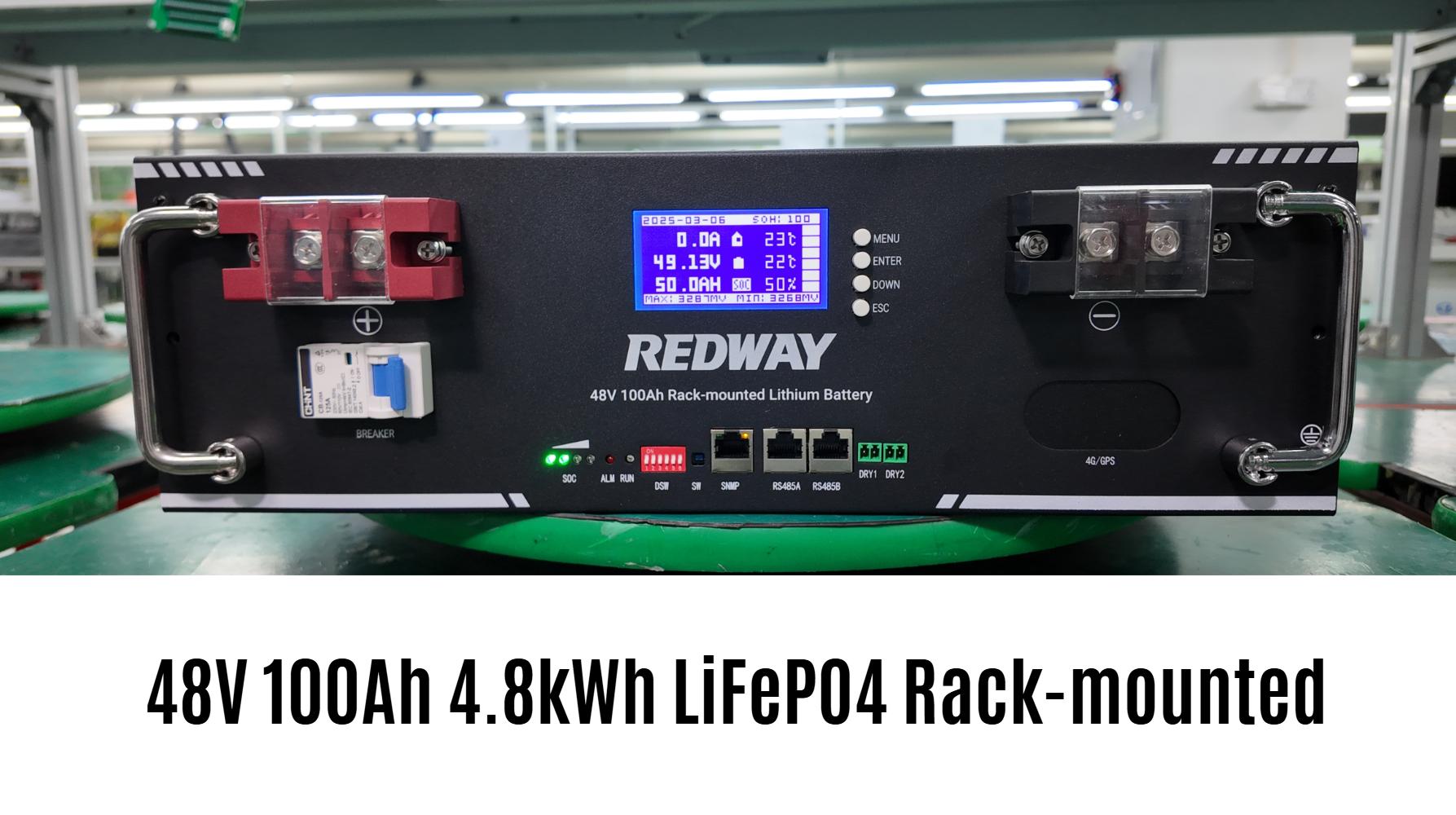Batteries and generators serve as backup power solutions but differ in operation, cost, and environmental impact. Batteries store energy chemically and deliver it silently with zero emissions, while generators combust fuel to produce electricity, offering higher capacity but emitting noise and pollutants. The choice depends on power needs, budget, and sustainability goals.
How Do Batteries and Generators Compare in Initial and Long-Term Costs?
Battery systems typically have higher upfront costs due to advanced lithium-ion technology but lower long-term expenses with minimal maintenance and free “fuel” from renewable sources. Generators are cheaper initially but incur ongoing fuel, maintenance, and potential repair costs. For example, a 10kW generator costs $2,000–$4,500 upfront, while a 10kWh battery system ranges from $7,000–$14,000.
Which Backup Power Source Is More Reliable During Extended Outages?
Generators provide continuous power as long as fuel lasts, making them ideal for multi-day outages. Batteries have limited storage (4–24 hours) but can recharge via solar panels. Hybrid systems combining both offer maximum reliability. For instance, during hurricanes, generators outperform batteries unless paired with renewables.
What Are the Environmental Impacts of Batteries vs. Generators?
Batteries produce zero emissions during operation and support renewable integration but require resource-intensive mining. Generators emit CO2, NOx, and particulate matter—a 10kW diesel generator releases 20–30 lbs of CO2 hourly. Solar-charged batteries reduce carbon footprints by 80–90% compared to fossil-fueled generators.
How Does Maintenance Differ Between Battery and Generator Systems?
Generators need monthly test runs, oil changes, and fuel stabilizers to prevent degradation. Batteries require minimal maintenance—occasional software updates and temperature monitoring. For example, Tesla Powerwall needs only annual inspections versus weekly checks for standby generators.
Can Batteries and Generators Be Integrated for Optimal Backup Power?
Yes. Hybrid systems use batteries for immediate response and generators for prolonged outages. Advanced controllers like Generac PWRcell prioritize battery usage and auto-start generators when reserves drop below 20%. This setup reduces fuel consumption by 60–70% compared to generator-only solutions.
What Technological Advancements Are Shaping Future Backup Solutions?
Solid-state batteries promise 2–3x higher energy density by 2025, potentially doubling backup durations. Hydrogen fuel cells and AI-driven load management systems are emerging alternatives. For generators, biodiesel compatibility and IoT-enabled predictive maintenance are reducing environmental and operational costs.
Expert Views
“The future lies in adaptive hybrid systems,” says a Redway energy specialist. “Pairing modular batteries with bi-fuel generators creates resilience against both short-term spikes and week-long outages. We’re seeing 40% faster adoption of these integrated solutions in areas prone to wildfires and grid instability.”
Conclusion
Batteries excel in short-term, eco-friendly backup with low maintenance, while generators dominate prolonged outages. For most households, a tiered approach using batteries for daily needs and generators for emergencies provides balanced reliability. Urban users lean toward batteries, while rural areas still depend on generators—for now.
FAQs
How long do backup batteries last compared to generators?
Batteries provide 4–24 hours of backup, extendable with solar. Generators run continuously with fuel—typically 24–72 hours on a 20-gallon diesel tank.
Can I power my entire home with batteries?
Yes, but it requires oversizing. A 200-amp home needs 30–40kWh storage ($25,000–$40,000). Most users backup essentials (fridge, lights, internet) with 10–20kWh systems.
Do generators require permits?
Yes. Permanent generators need electrical/gas permits and must meet local noise ordinances (often <65 dB at 23 feet). Batteries usually only require electrical permits.




